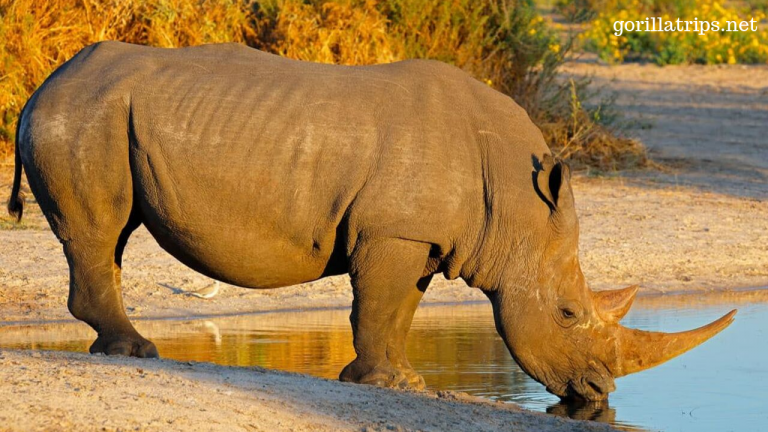CITES works by subjecting international trade in specimens of selected species to certain controls. All import, export, re-export and introduction from the sea of species covered by the Convention has to be authorized through a licensing system. Each Party to the Convention must designate one or more Management Authorities in charge of administering that licensing system and one or more Scientific Authorities to advise them on the effects of trade on the status of the species.
The species covered by CITES are listed in three Appendices, according to the degree of protection they need. (For additional information on the number and type of species covered by the Convention click here.)
Appendices I and II
Appendix I includes species threatened with extinction. Trade in specimens of these species is permitted only in exceptional circumstances.
Appendix II includes species not necessarily threatened with extinction, but in which trade must be controlled in order to avoid utilization incompatible with their survival.
The Conference of the Parties (CoP), which is the supreme decision-making body of the Convention and comprises all its Parties, has agreed in Resolution Conf. 9.24 (Rev. CoP17) on a set of biological and trade criteria to help determine whether a species should be included in Appendices I or II. At each regular meeting of the CoP, Parties submit proposals based on those criteria to amend these two Appendices. Those amendment proposals are discussed and then submitted to a vote. The Convention also allows for amendments by a postal procedure between meetings of the CoP (see Article XV, paragraph 2, of the Convention), but this procedure is rarely used.
Appendix III
This Appendix contains species that are protected in at least one country, which has asked other CITES Parties for assistance in controlling the trade. Changes to Appendix III follow a distinct procedure from changes to Appendices I and II, as each Party’s is entitled to make unilateral amendments to it.
A specimen of a CITES-listed species may be imported into or exported (or re-exported) from a State party to the Convention only if the appropriate document has been obtained and presented for clearance at the port of entry or exit. There is some variation of the requirements from one country to another and it is always necessary to check on the national laws that may be stricter, but the basic conditions that apply for Appendices I and II are described below.


